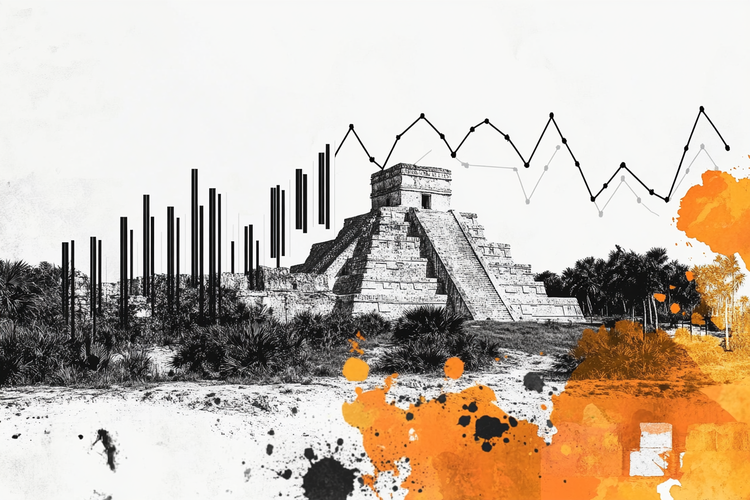- USD/CAD rises sharply to near 1.3600 following a stronger than expected US labor market report.
- A robust pace in US employment growth data has forced traders to reduce Fed rate cut expectations by 50 bps.
- Higher oil prices have strengthened the Canadian dollar.
The USD/CAD pair rises near the round resistance level of 1.3600 in the American session on Friday. The pair strengthens as the United States (US) Non-Farm Payrolls (NFP) report showed that labor demand remained robust and wage growth accelerated in September, which has sparked a strong move to the rise in the US dollar (USD).
The US NFP report showed the economy added 254,000 jobs, which was significantly higher than estimates of 140,000 and the previous release of 159,000, revised up from 142,000. The unemployment rate slowed to 4.1% from expectations and August’s figure of 4.2%. Annual average hourly earnings, a key measure of wage growth, accelerated at a faster-than-expected pace to 4.0%. The monthly wage growth measure rose 0.4%.
Signs of significant improvement in the health of the labor market have dampened market expectations that the Federal Reserve (Fed) will make another larger-than-usual 50 basis points (bps) interest rate cut in November. According to the CME FedWatch tool, the likelihood of the Fed cutting interest rates by half a percentage point in November has almost disappeared. The Fed began the policy easing cycle with a 50 bps interest rate cut in September.
Fading expectations of a big Fed rate cut have led to a strong rally in the US Dollar, with the DXY Dollar Index rising to a new two-week high above 102.50. US 10-year Treasury yields soar to near 3.96%.
Meanwhile, the Canadian Dollar (CAD) is also outperforming most of its peers due to a sharp rise in the price of oil. A full-scale war between Iran and Israel has deepened fears that oil supplies remain tight. It should be noted that Canada is the largest exporter of oil to the US, therefore higher oil prices strengthen the CAD.
The US Dollar FAQs
The United States Dollar (USD) is the official currency of the United States of America, and the “de facto” currency of a significant number of other countries where it is in circulation alongside local banknotes. According to 2022 data, it is the most traded currency in the world, with more than 88% of all global currency exchange operations, equivalent to an average of $6.6 trillion in daily transactions. After World War II, the USD took over from the pound sterling as the world’s reserve currency.
The single most important factor influencing the value of the US Dollar is monetary policy, which is determined by the Federal Reserve (Fed). The Fed has two mandates: achieve price stability (control inflation) and promote full employment. Your main tool to achieve these two objectives is to adjust interest rates. When prices rise too quickly and inflation exceeds the 2% target set by the Fed, the Fed raises rates, which favors the price of the dollar. When Inflation falls below 2% or the unemployment rate is too high, the Fed can lower interest rates, which weighs on the Dollar.
In extreme situations, the Federal Reserve can also print more dollars and enact quantitative easing (QE). QE is the process by which the Fed substantially increases the flow of credit into a clogged financial system. This is an unconventional policy measure used when credit has dried up because banks do not lend to each other (for fear of counterparty default). It is a last resort when a simple lowering of interest rates is unlikely to achieve the necessary result. It was the Fed’s weapon of choice to combat the credit crunch that occurred during the Great Financial Crisis of 2008. It involves the Fed printing more dollars and using them to buy US government bonds, primarily from financial institutions. QE usually leads to a weakening of the US Dollar.
Quantitative tightening (QT) is the reverse process by which the Federal Reserve stops purchasing bonds from financial institutions and does not reinvest the principal of maturing portfolio securities in new purchases. It is usually positive for the US dollar.
Source: Fx Street
I am Joshua Winder, a senior-level journalist and editor at World Stock Market. I specialize in covering news related to the stock market and economic trends. With more than 8 years of experience in this field, I have become an expert in financial reporting.







